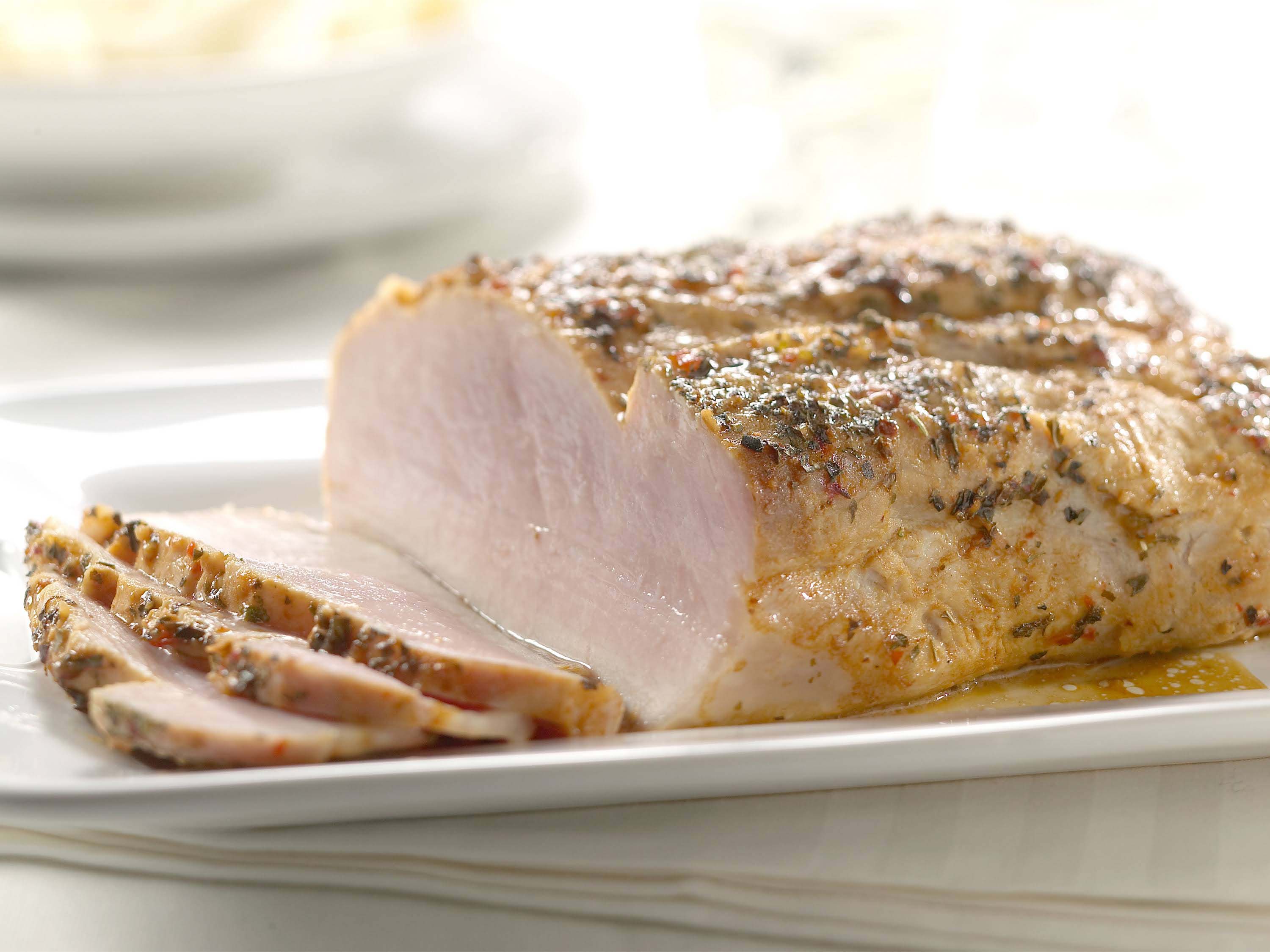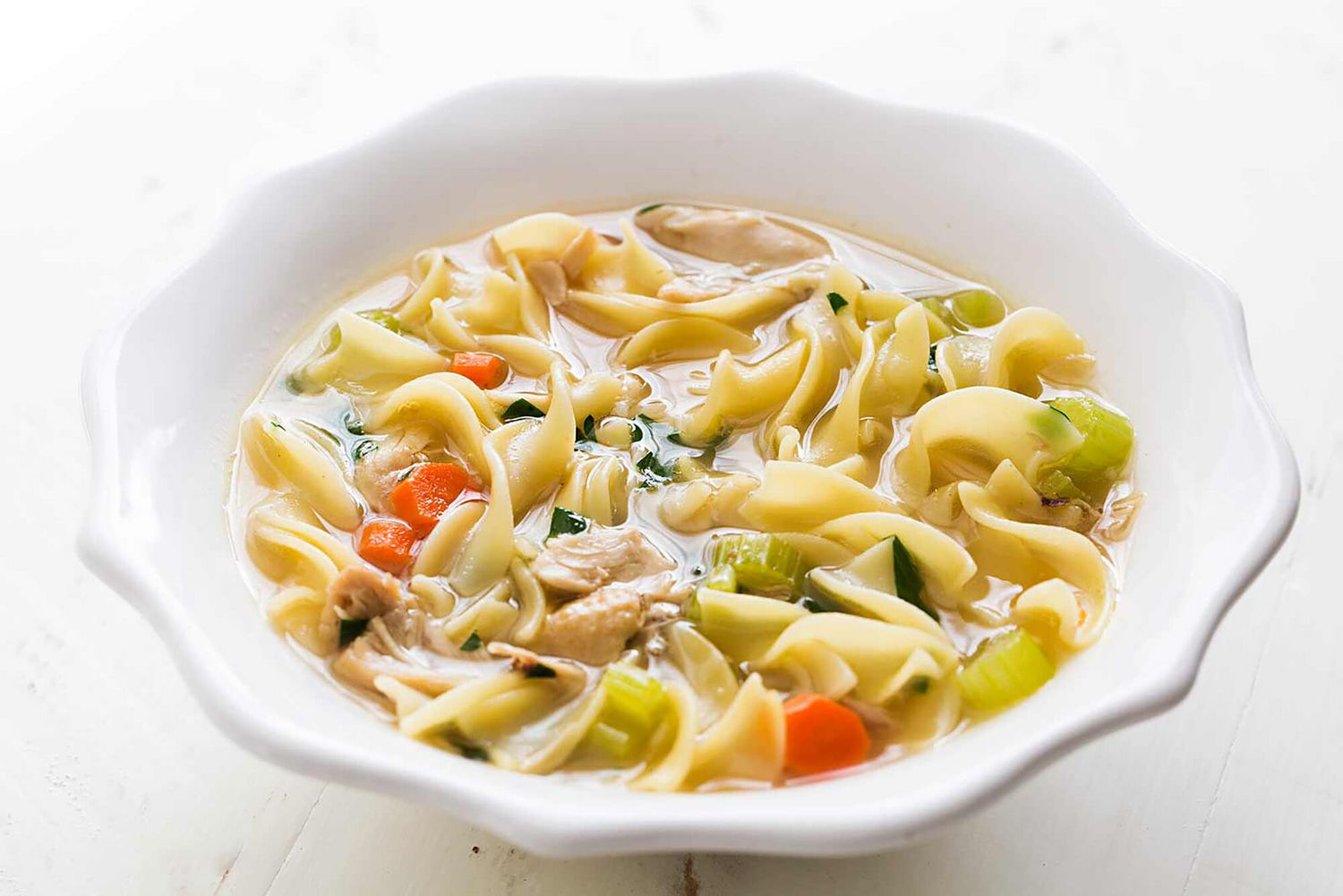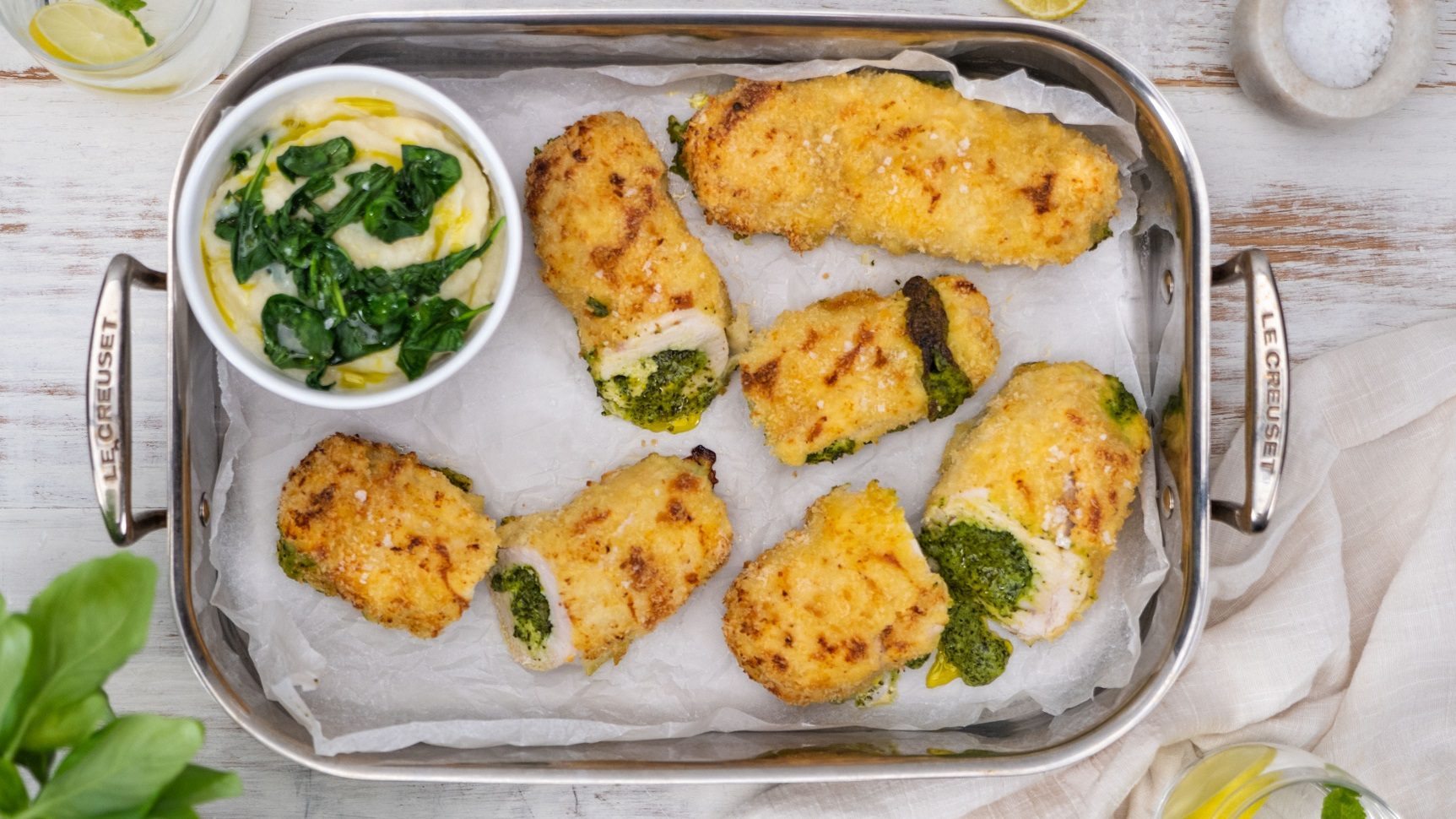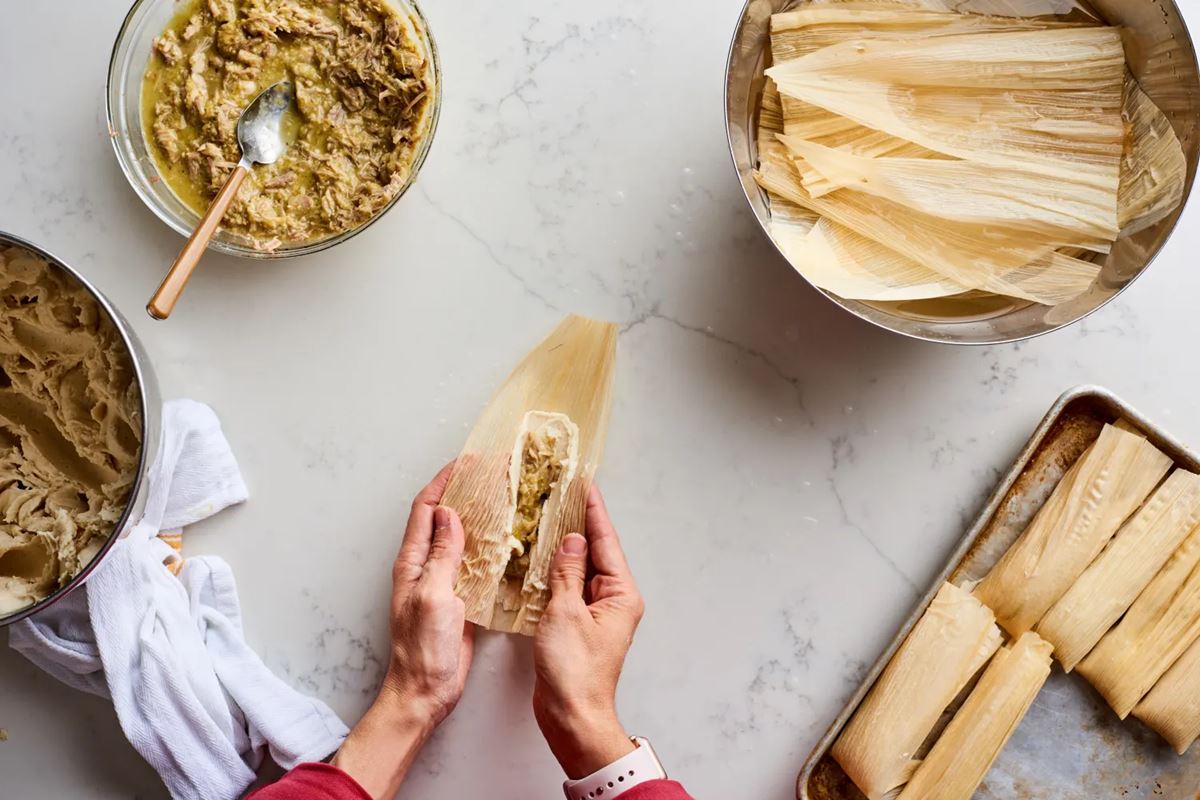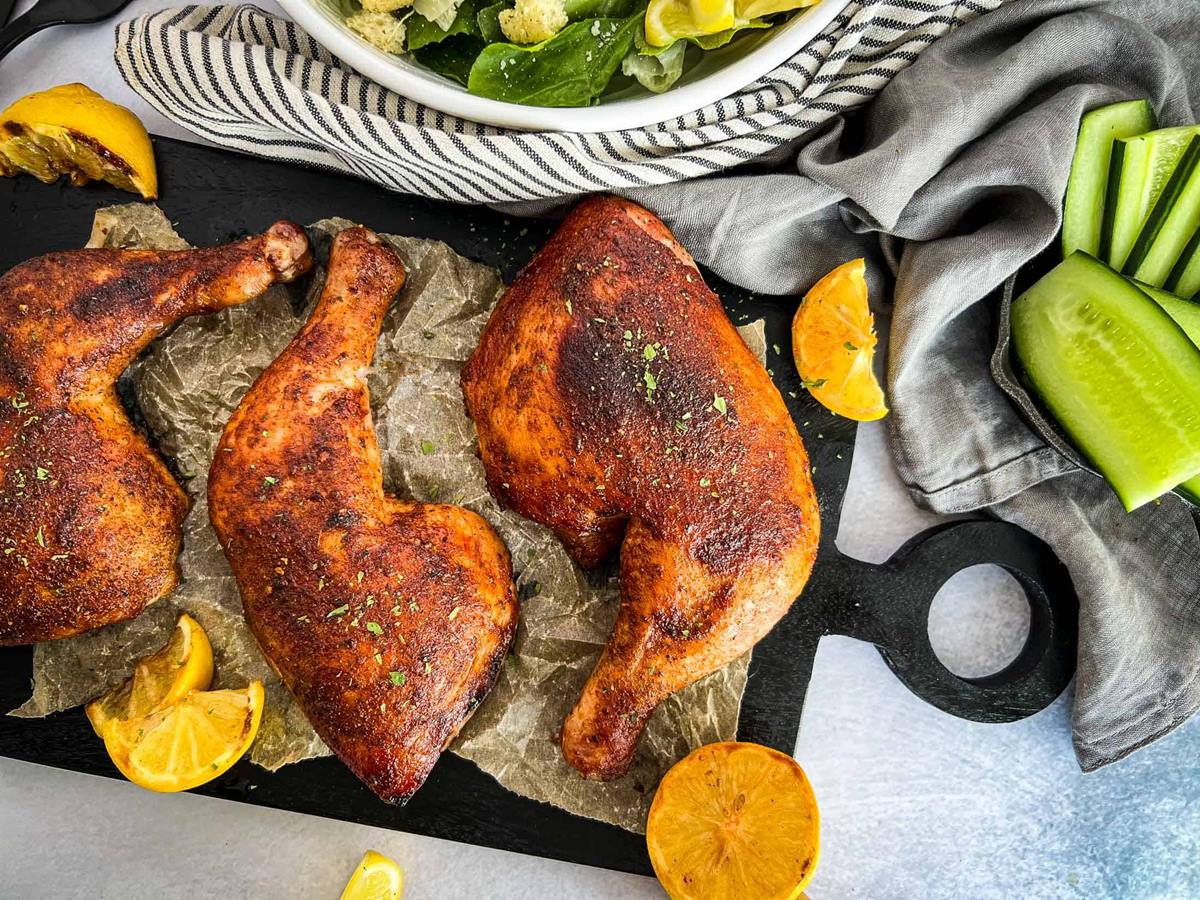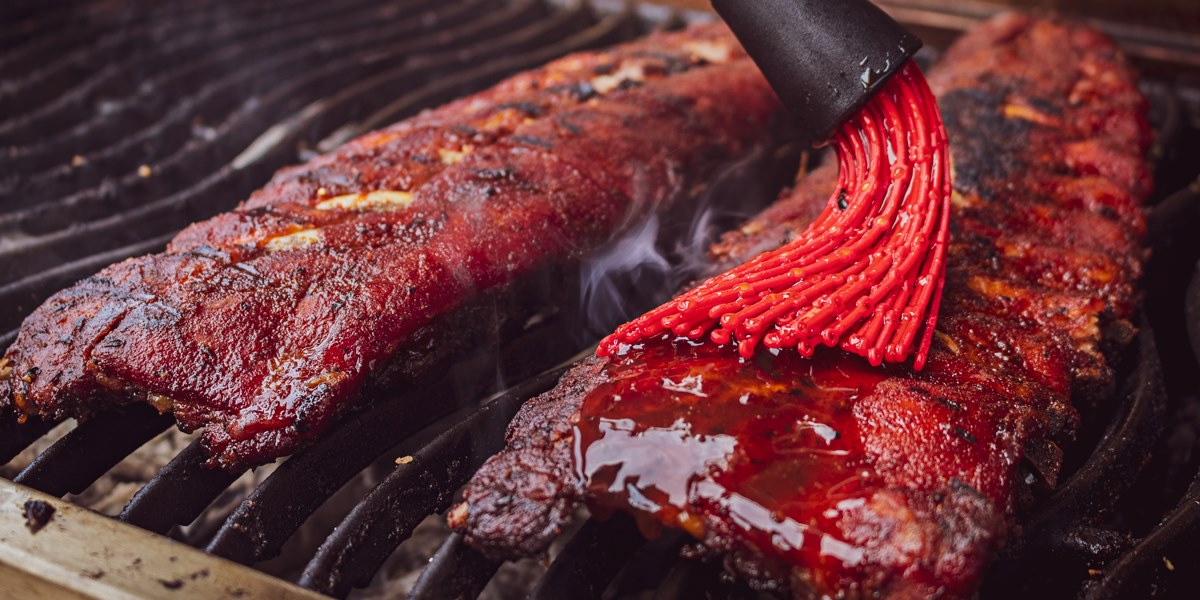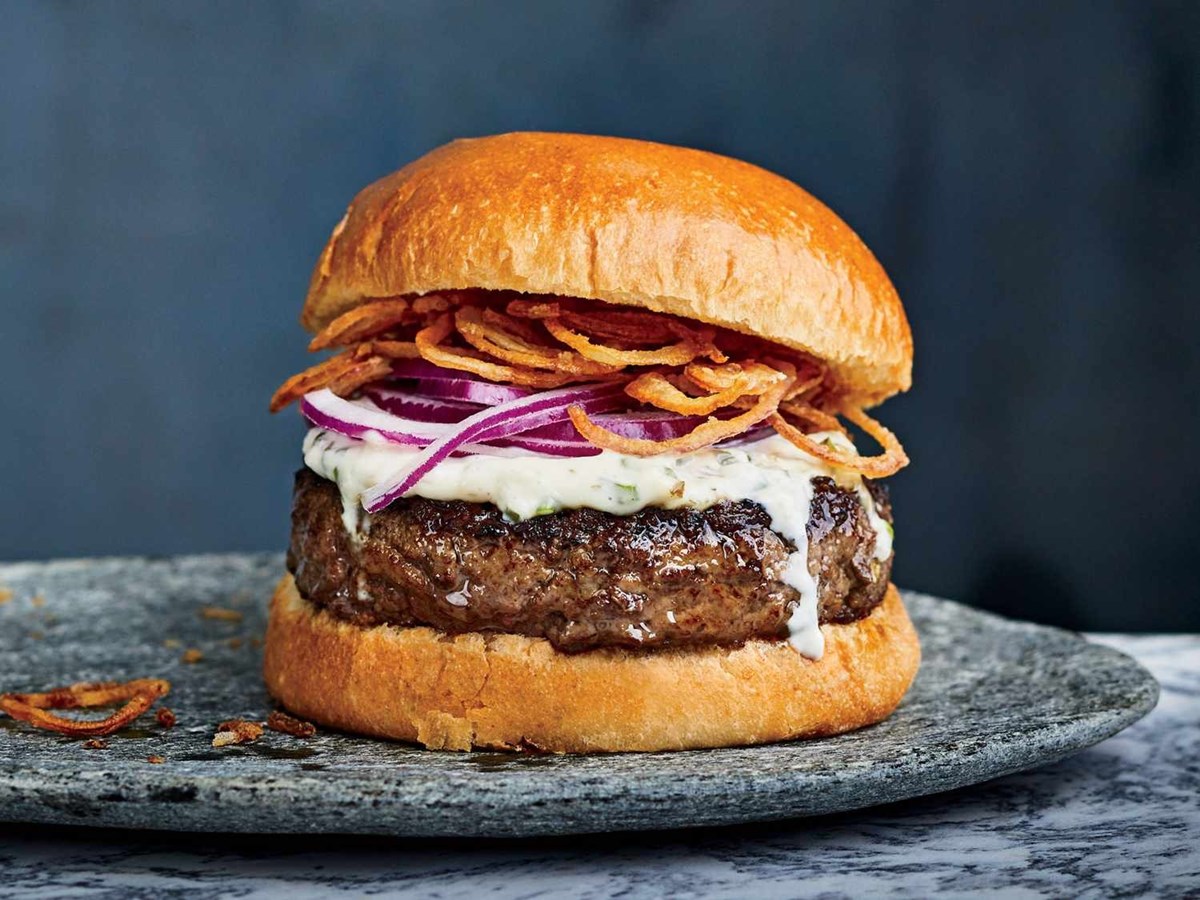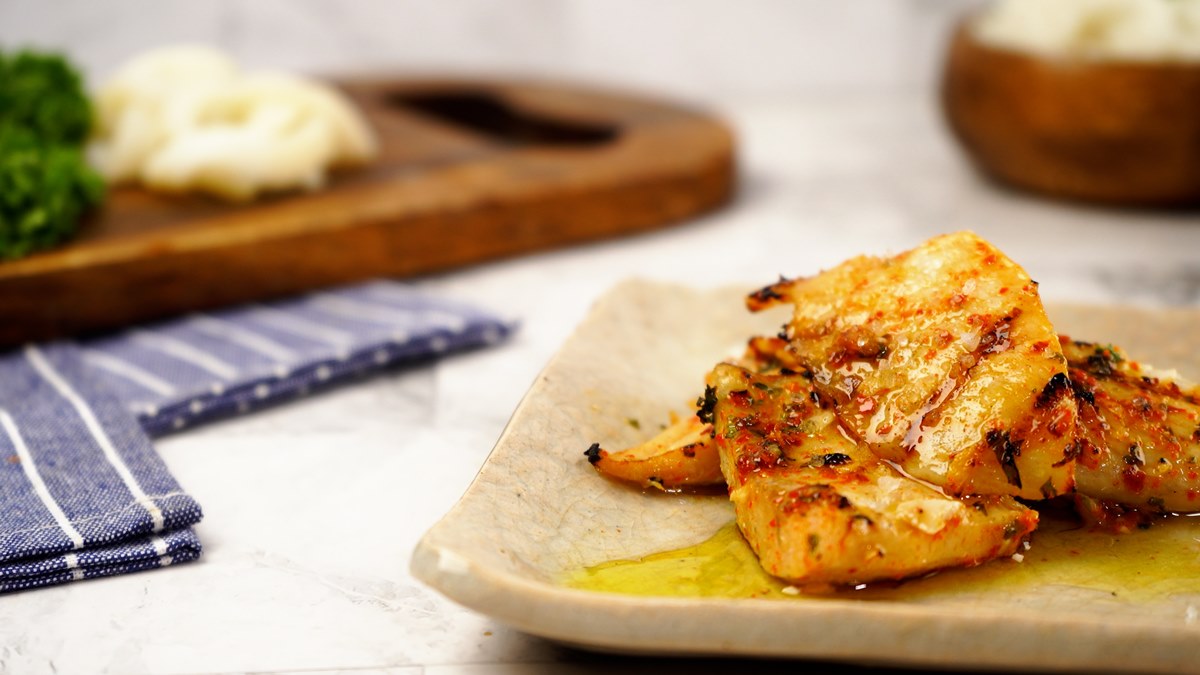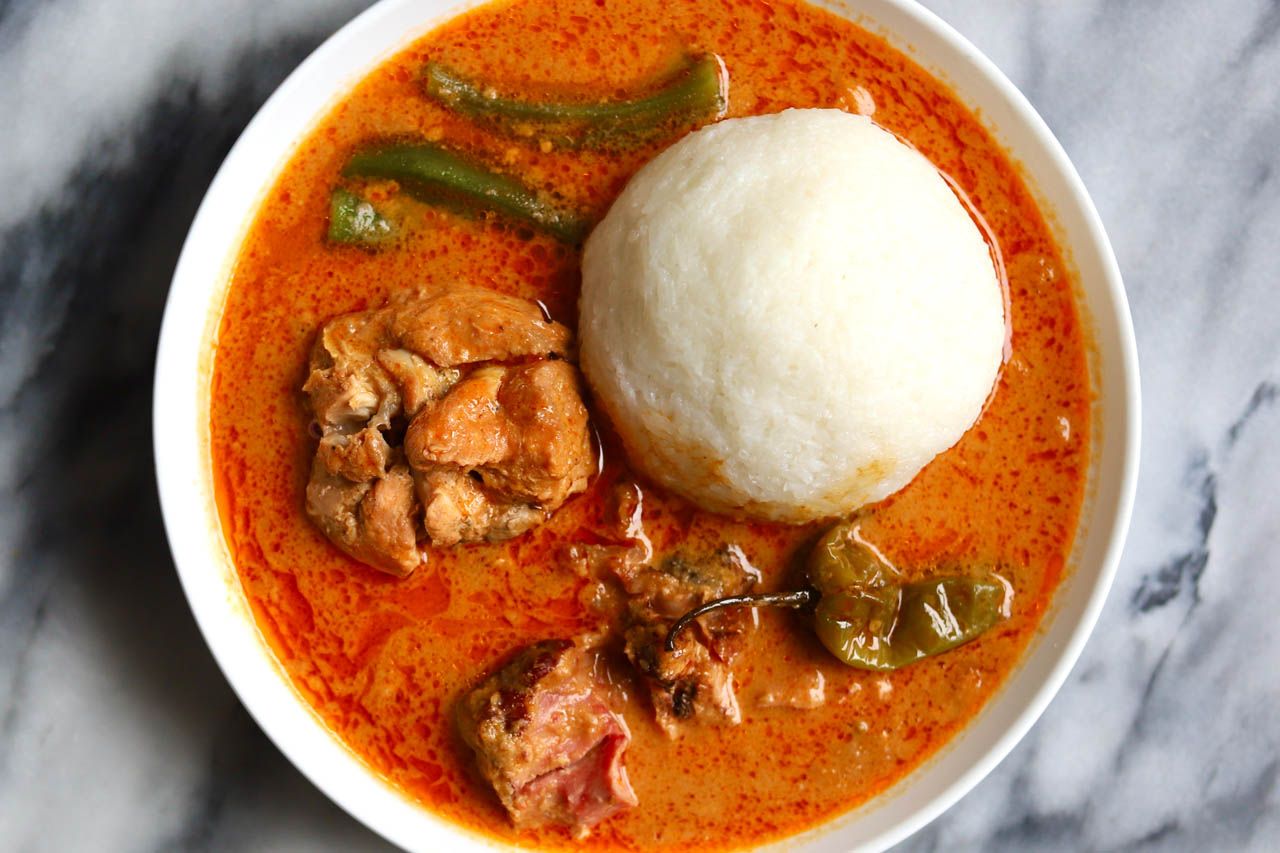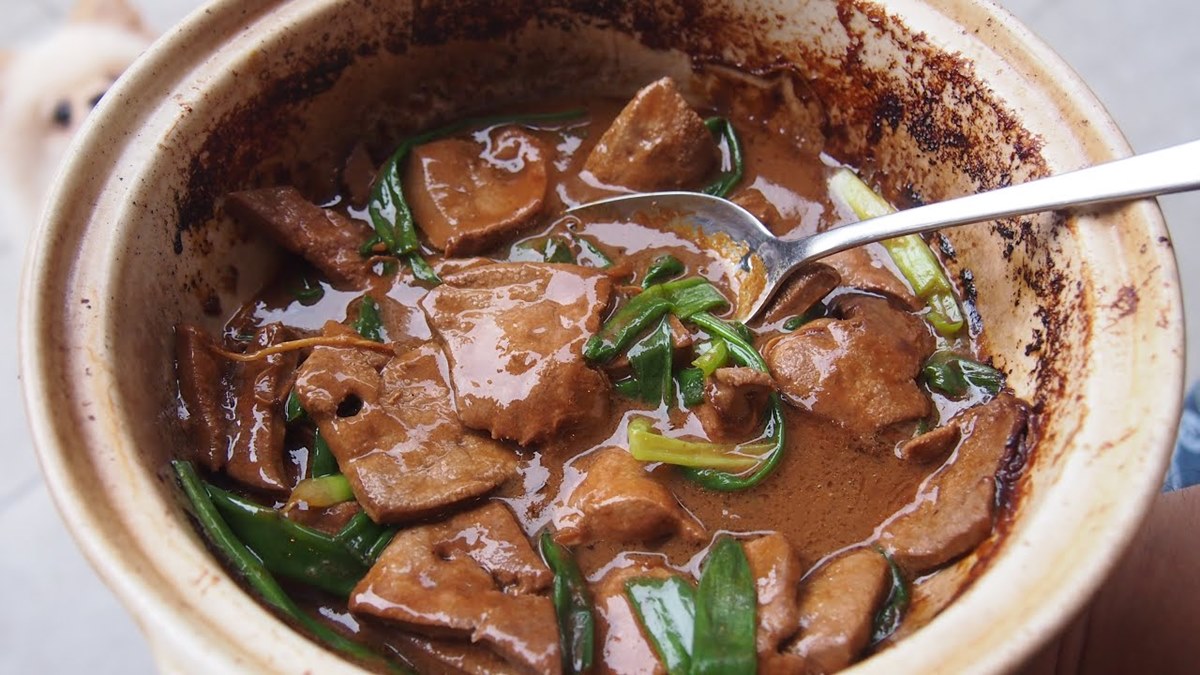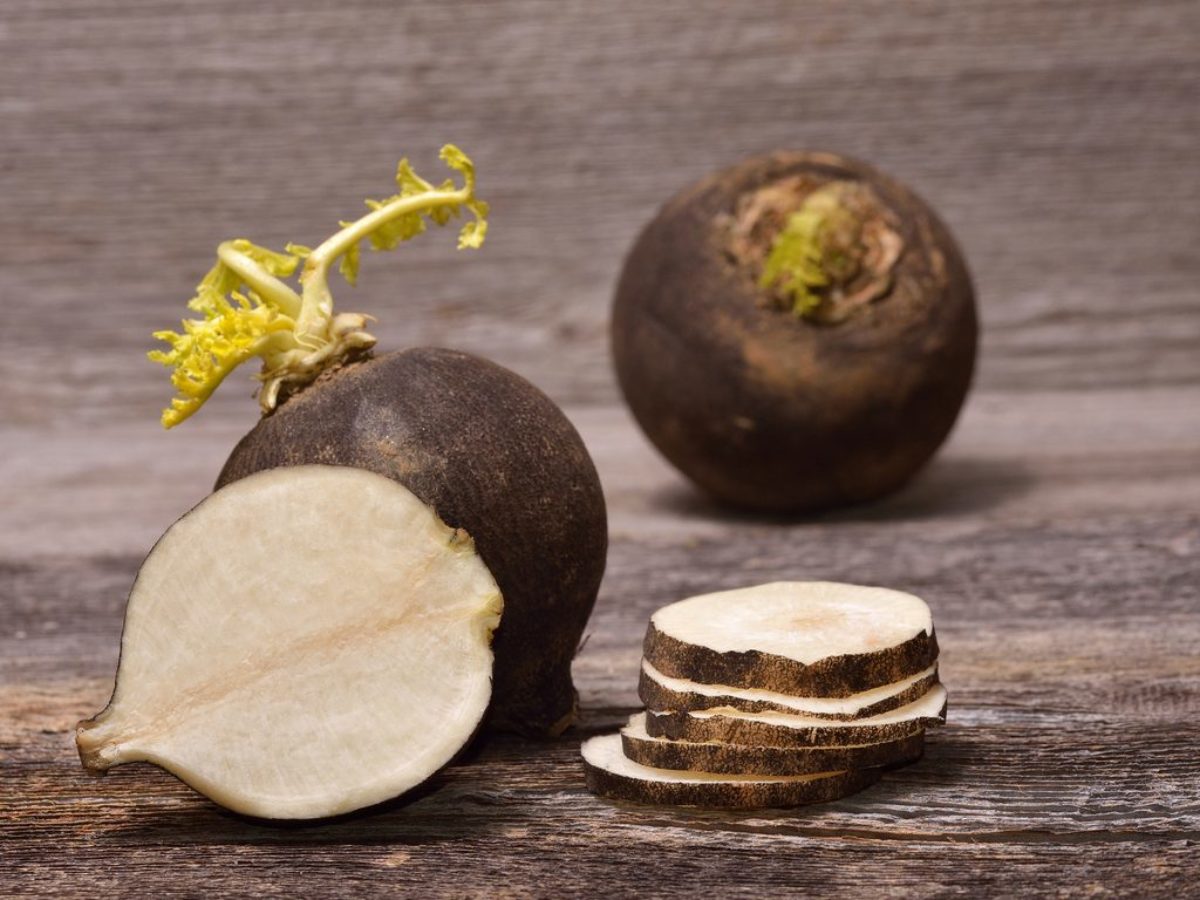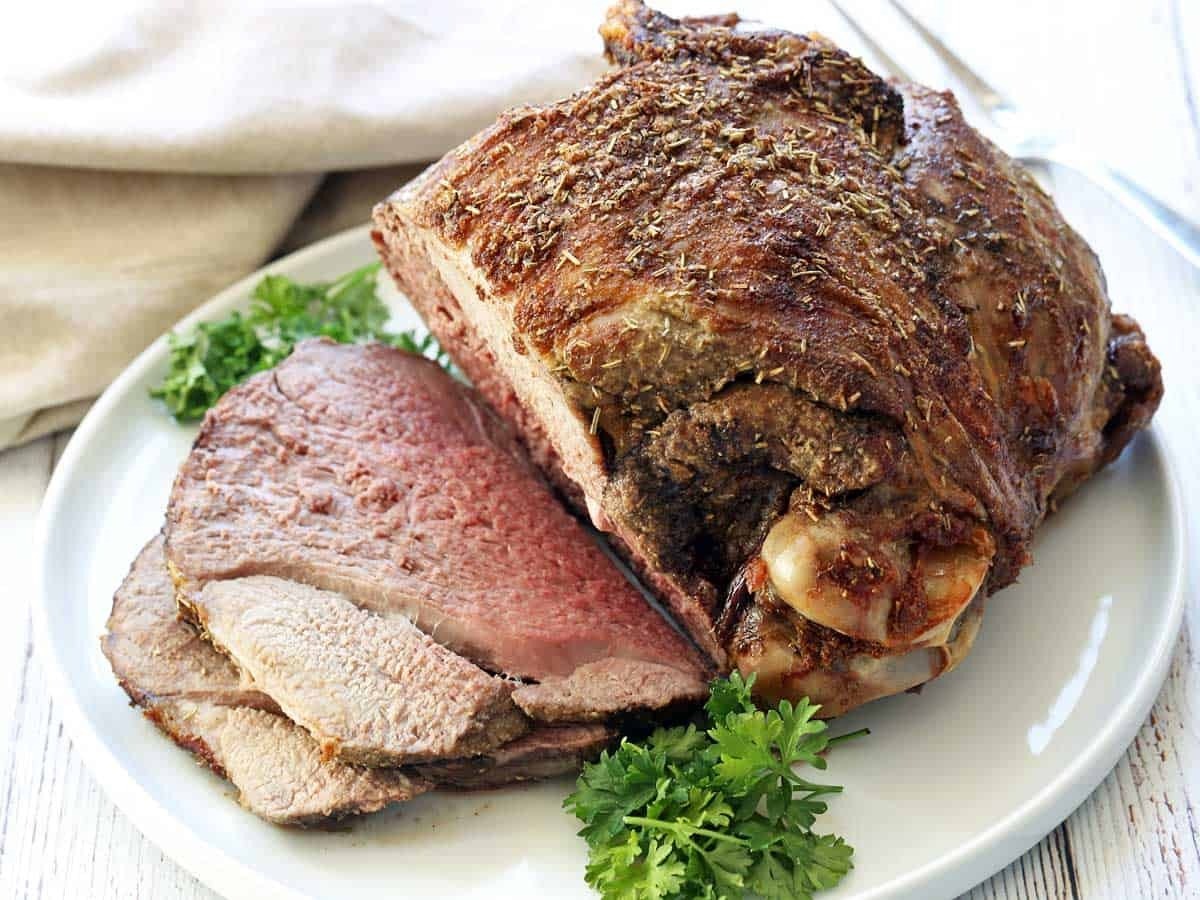Cooking frozen jackfruit is simpler than you might think, transforming this tropical fruit into a versatile ingredient for a variety of dishes. Whether you're aiming to craft a vegan pulled pork substitute or looking to add a unique twist to your next curry, starting with frozen jackfruit can save time and effort. This guide will walk you through the essential steps to properly cook frozen jackfruit, ensuring it's perfectly prepared for your culinary creations. From thawing techniques to flavor enhancement tips, get ready to elevate your cooking game with this exotic, fibrous fruit.
Gather Your Ingredients
- Frozen jackfruit chunks
- Olive oil
- Garlic, minced
- Onion, diced
- Ground cumin
- Paprika
- Chili powder
- Salt
- Black pepper
- Vegetable broth
- Tomato paste
- Apple cider vinegar
- Brown sugar
Essential Tools for Cooking
- Large skillet or frying pan
- Spatula
- Microwave-safe bowl (optional, for defrosting)
- Sharp knife (if cutting or shredding jackfruit)
- Cutting board
- Measuring spoons
- Measuring cups
Cooking frozen jackfruit involves thawing it first for optimal texture. Sauté over medium heat with your favorite spices until tender, usually taking about 10-15 minutes. Perfect for vegan dishes.
The Benefits of Cooking Frozen Jackfruit
Cooking frozen jackfruit is a game-changer for plant-based cuisine, offering a meaty texture that's both nutritious and versatile. This tropical fruit, when frozen, retains its nutrients and flavor, making it an ideal substitute for meat in various dishes. Learning to cook it properly can transform your meals, providing a delicious and healthy option for vegans and meat-eaters alike.
Understanding the best methods to cook frozen jackfruit ensures that its texture and taste are maximized. Whether you're aiming to achieve a pulled pork-like consistency for tacos or a tender addition to your curries, mastering the cooking process is key. This knowledge empowers home cooks to explore a wider range of culinary possibilities with this unique ingredient.
Your Step-by-Step Cooking Guide
-
Defrosting Frozen Jackfruit
- Remove jackfruit from freezer and place in refrigerator for several hours or overnight.
- For quicker defrosting, submerge sealed bag or container of jackfruit in cold water, changing water every 30 minutes.
-
Preparation for Cooking
- Once thawed, drain any excess liquid from jackfruit.
- Use fingers or fork to pull apart jackfruit pieces, mimicking shredded meat texture.
-
Cooking on Stovetop
- Heat skillet over medium heat and add a small amount of oil.
- Sauté jackfruit for 3-5 minutes until it starts to brown.
- Add seasonings or sauce of choice, reduce heat to low.
- Cover skillet and let jackfruit simmer for 20-30 minutes, stirring occasionally.
-
Baking Frozen Jackfruit
- Preheat oven to 375°F (190°C).
- Spread thawed jackfruit on a baking sheet lined with parchment paper.
- Season or coat with sauce as desired.
- Bake for 20-25 minutes, or until edges are crispy.
-
Using a Slow Cooker
- Place thawed jackfruit directly into slow cooker.
- Add sauce or broth, ensuring jackfruit is well-coated.
- Cook on low for 4-6 hours or on high for 2-3 hours.
-
Cooking in Instant Pot
- Set Instant Pot to Sauté mode and heat oil.
- Add jackfruit and sauté for a few minutes until lightly browned.
- Add liquid (water, broth, or sauce) just enough to cover the bottom of the pot to prevent burning.
- Close lid, set valve to sealing, and cook on high pressure for 10 minutes.
- Quick release pressure before opening lid.
-
Grilling Jackfruit
- Preheat grill to medium-high heat.
- Brush thawed jackfruit with oil and season as desired.
- Place jackfruit on grill, cooking for 2-3 minutes on each side until charred marks appear.
-
Tips for Best Results
- Always ensure jackfruit is fully thawed to achieve best texture and flavor.
- Experiment with different seasonings and sauces to find your favorite flavor combinations.
- Cooking times may vary based on method and personal preference for texture.
Mastering Frozen Jackfruit Dishes
Cooking frozen jackfruit is a breeze once you get the hang of it. Remember, thawing it properly plays a crucial role in texture and flavor. Whether you're aiming for a savory dish or a sweet treat, jackfruit's versatility won't disappoint. Experiment with different spices and cooking methods to find your favorite way to enjoy this unique fruit. From tacos and curries to smoothies and desserts, the possibilities are endless. So, next time you spot frozen jackfruit at the store, don't hesitate to give it a try. With these tips in mind, you're well on your way to adding an exciting, tropical twist to your meals. Happy cooking!
Explore Delicious Recipes and More Ways to Use This Guide
Having mastered the art of cooking frozen jackfruit, you're now perfectly poised to explore an array of delicious recipes that utilize this versatile fruit. For a hearty and satisfying meal, try the savory jackfruit sandwiches, which mimic the texture and flavor of traditional pulled pork. If you're in the mood for something lighter, the jackfruit veggie bowl offers a wholesome blend of fresh vegetables and spices. For those who enjoy international cuisine, the mediterranean jackfruit gyros are a must-try, providing a unique twist on a classic dish. Each recipe offers a new way to apply your skills, ensuring you can impress both yourself and your guests with your culinary prowess.
Common Questions Answered
Can you cook frozen jackfruit directly from the freezer?
Absolutely! Frozen jackfruit can go straight into your pan or oven. No need to thaw it first, which makes it a convenient option for quick meals. Just remember, cooking times might be a tad longer compared to using fresh or thawed jackfruit.
What's the best way to season frozen jackfruit?
Seasoning is key to bringing out its best flavors. For savory dishes, think garlic, smoked paprika, or cumin. If you're leaning towards sweet, cinnamon and nutmeg can do wonders. Don't forget a good pinch of salt to enhance all those flavors!
How long does it take to cook frozen jackfruit?
Cooking times vary based on the method. In a skillet, it usually takes about 15-20 minutes over medium heat. If you're baking, give it about 25-30 minutes at 375°F. Just look for it to get tender and slightly browned.
Can frozen jackfruit be used in all recipes calling for fresh?
For the most part, yes. Frozen jackfruit is quite versatile and can replace fresh in many recipes. However, for dishes requiring a crisp texture, it might not be the perfect fit due to its softer consistency post-freezing.
Is frozen jackfruit healthy?
Definitely! Frozen jackfruit packs a nutritional punch, rich in fiber, vitamins, and minerals. Plus, it's a great plant-based meat substitute, making it a fantastic choice for vegetarians and vegans alike.
How do you store leftover cooked frozen jackfruit?
Leftovers should be cooled down and then stored in an airtight container. Pop them in the fridge, and they'll be good for up to three days. For longer storage, you can even freeze the cooked jackfruit again, though the texture might change slightly.
What's the best way to defrost frozen jackfruit if needed?
If you decide to thaw it, the fridge is your friend. Transfer the frozen jackfruit there and let it slowly defrost overnight. This method helps maintain its texture better than a quick thaw at room temperature.
Was this page helpful?
Read Next: How To Cook Broccoli In Ninja Foodi
